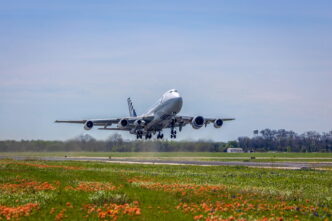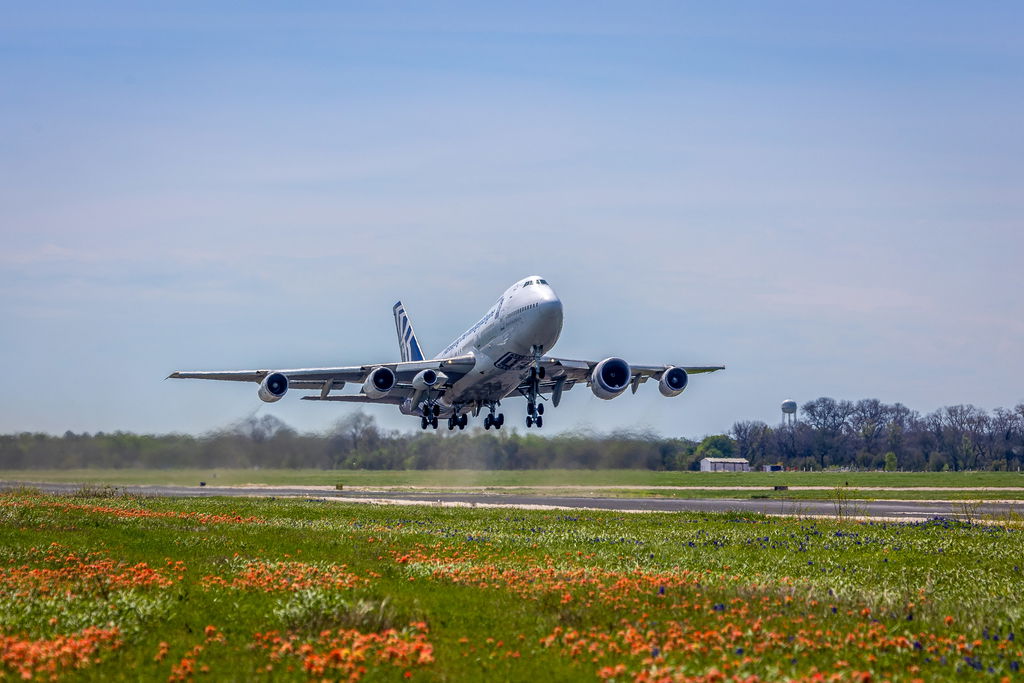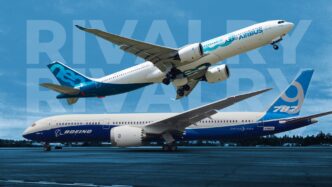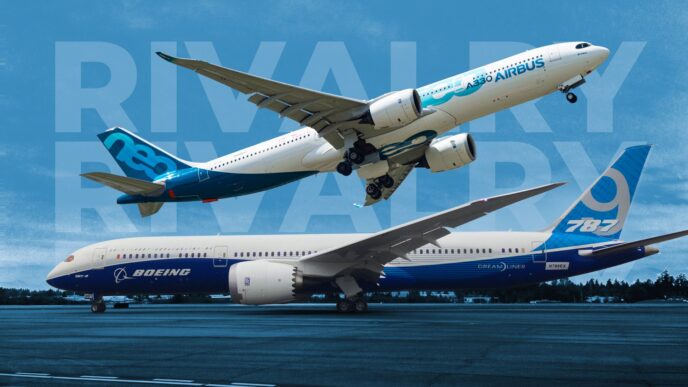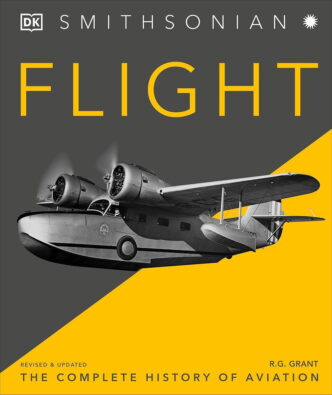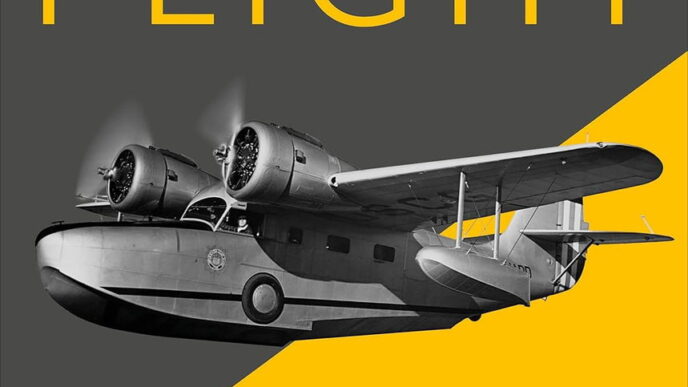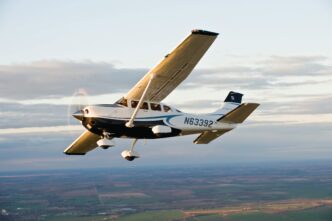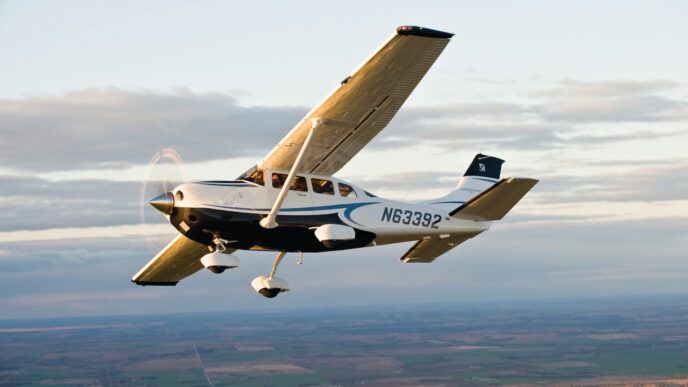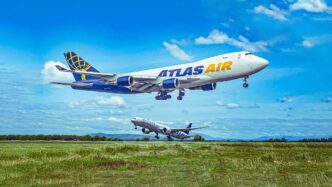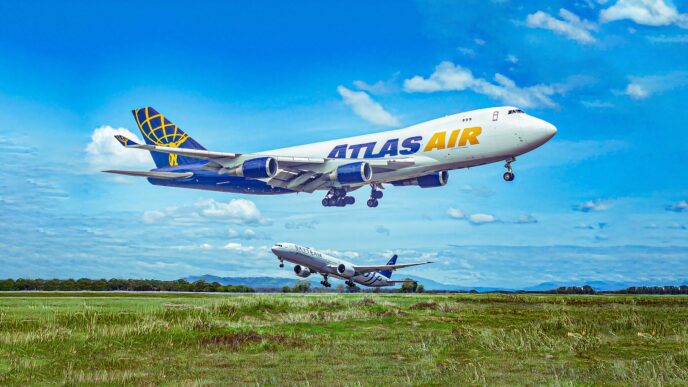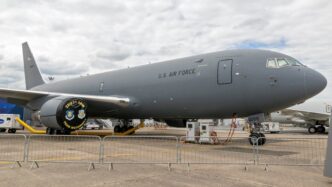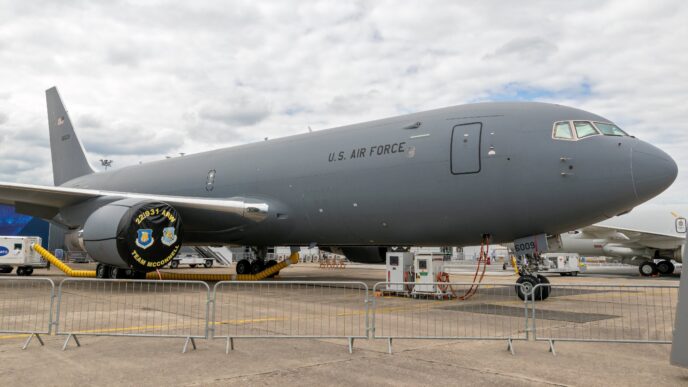After two decades of service, Rolls-Royce is bidding farewell to its iconic Boeing 747-200 test aircraft, affectionately known as the “Flying Test Bed” (FTB). Registered as N787RR, this aircraft completed its final mission in July, marking the end of an era that began in 2005. Over the years, the FTB has been instrumental in the development of groundbreaking engines like the Trent 1000 and Pearl 10X. John Knight, Rolls-Royce’s director of testing and experimental engineering, reflected on the aircraft’s legacy, noting its pivotal role in advancing engine technology. Despite retiring this “Queen of the Skies,” Rolls-Royce remains committed to innovation through a blend of flying test beds, ground testing, and cutting-edge digital modeling.
The FTB was no ordinary 747; it was specially modified to accommodate five engines instead of the usual four, allowing it to test various engine types simultaneously. This unique setup was crucial in the development of the Pearl 10X, designed for the business jet market and set to power the Dassault Falcon 10X. A notable highlight in the FTB’s career was its 2021 flight with a Trent 1000 engine running on sustainable aviation fuel (SAF), while the other three RB211 engines used conventional jet fuel. This successful test was a significant milestone in Rolls-Royce’s journey toward achieving 100% SAF compatibility for its engines. Just two years later, Virgin Atlantic made history by becoming the first airline to fly across the Atlantic using Trent 1000 engines powered entirely by SAF.
The FTB’s final mission supported Rolls-Royce’s Advanced Low Emissions Combustion System (ALECSys) engine demonstrator, a project aimed at developing more sustainable engine technologies. As we say goodbye to this remarkable aircraft, it’s clear that its legacy will continue to influence the future of aviation. #RollsRoyce #AviationInnovation #SustainableAviationFuel #EngineDevelopment #FlyingTestBed
Originally reported by FLYING Magazine Read More
